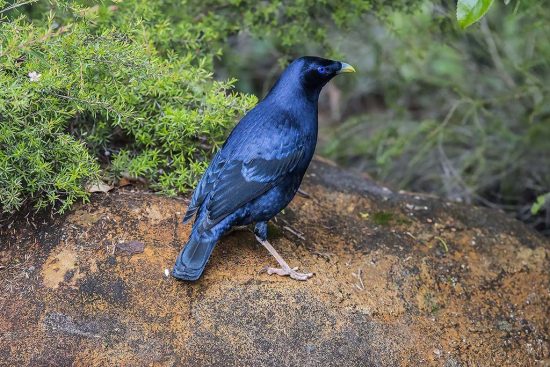
There are many tips to help you get nicer images from your camera. With today’s cameras, generally the camera is very good in getting the exposure correct, but there are a few settings, where the camera can be overridden to change and improve the “look” of the resulting image. The above image of the Noisy Minor was captured with a Nikon D700 camera and 300mm lens. A shutter speed of 1/1600 second was used and an aperture of f/4.5.
- Have a variety of focal length lenses so that you can fill up the major part of the viewfinder with the main subject. Zoom lenses can give you some flexibility in this regard. Some photographers prefer zooms and others prefer to have a few fixed focal length lenses for variety and different perspectives.
- Sometimes I find that gives a nicer composition to the image if you fill up only part of the frame, but the main subject must still fill a major part of the viewfinder.
- The shutter speed can have a major impact on the image. You need a shutter speed fast enough to freeze any movement of both of the main subject and also any camera movement. Generally in mast normal situations when you are using a normal lens of around 50mm, a shutter speed greater than 1/50 second will be adequate. A tripod can also be used if you want to use slower shutter speeds. Sometime I like to create intentional blur in an image by using a slow shutter speed, such as a waterfall or fast flowing water.
- The creative use of aperture can also add to your images. A large aperture of say f/1.4, will give a very narrow depth of field and help to blur out the background. Also a longer telephoto lens with a lower aperture will blur the background. When using large apertures ensure that all the important parts of the main subject are in focus, this can be checked by using the depth of field preview or by taking several images at differing apertures.
- Purchase quality photographic equipment. Poorer quality equipment will generally give lesser quality images.
- Spend some time looking through the viewfinder and composing the image, changing your viewpoint, re-frame the image until you are happier with the composition. In these days of digital cameras we are inclined to shoot more images and quickly than we did in the film days with less thought being put into each image. Take your time with each image.
- Enjoy your photography. I enjoy my photography more when I get better results.
